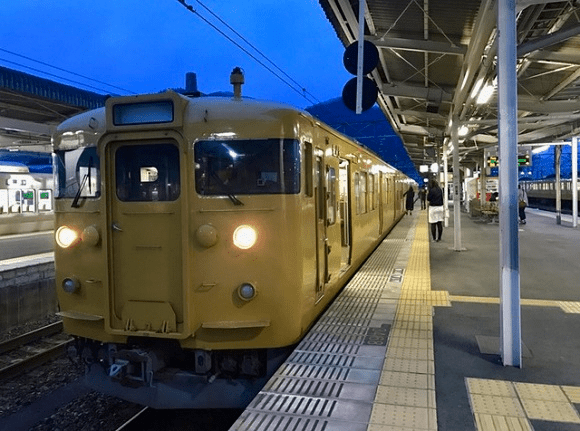
For the price of a couple beers in a Tokyo bar, you can go all the way from the eastern capital to the southwestern island of Kyushu.
When someone says “Time is money,” it’s usually to encourage someone to hurry up, so as not to waste economic resources. However, sometimes that exchange works in reverse, and you can find some incredible bargains if you’re willing to spend some extra time.
For example Japan Railways, the largest train operator in Japan, offers something called the Seishun 18 Ticket package, which is a bundle of five tickets that each grant you unlimited use of unreserved seats on JR local and rapid (though not limited express) trains.
While seishun is the Japanese word for “youth,” there’s no age restriction for the Seishun 18 ticket. What’s more, even though the Seishun 18 Ticket is sold as a set of five for 11,850 yen (US$107), they don’t have to all be used by the same person. As such, a single Seishun 18 Ticket works out to just 2,370 yen (US$21), and it turns out that’s enough to get you all the way from Tokyo, near the eastern edge of Japan, to Fukuoka Prefecture, located on the southwestern island of Kyushu.
Roughly 20 bucks to go across the country is an offer that’s too god for us to pass up, even if it meant a solid day of riding the rails. And so we found ourselves at Tokyo Station early in the morning, waiting on the platform for the 4:55 a.m. Yokosuka Line train bound for Kurihama.
If you’re looking to take this trip for yourself, we strongly recommend stocking up on snacks at a convenience store before you get on the 4:55 train, and also using the bathroom before then too, since some of the transfers along the way are extremely tight.
Nine minutes after pulling out of Tokyo, we arrived at Shinagawa Station, on the southeastern edge of the capital’s downtown area.
This is where we made the first of 13 transfers on our journey, hoping off our initial train and getting on the 5:10 Tokkaido Line train bound for Odawara, in Kanagawa Prefecture.
Not all trains in Japan have restrooms onboard, but this one did. Should you hear nature calling during the one-hour, 11-minute ride to Odawara, we recommend making use of the facilities along the way, since once you get to Odawara you’ve only got one minute to make your transfer for the 6:22 Tokaido Line train for Atami, which sits on the east coast of Shizuoka Prefecture’s Izu Peninsula.
▼ The ride to Atami takes about 20 minutes, and as we passed through Nebukawa Station, we got to see the sun coming up.
At Atami, the train schedule gives you four minutes to transfer to the 6:49 Tokkaido Line train for Hamamatsu. This is one of the longest stretches of the journey, as you’ll be on the train for about two and a half hours and pas through 33 stations. On the plus side, this is a great opportunity to get a little sleep if you’re feeling drowsy after getting up so early, so you’ll want to walk briskly when making the transfer to ensure that you can grab an empty seat.
The clock read 9:19 when we got to Hamamatsu Station. Our power nap had us feeling refreshed, but after almost five hours on the rails, we were starting to get hungry. However, with only four minutes in which to transfer to the 9:23 Tokkaido Line train for Toyohashi, we had to ignore the rumbling in our stomachs for the time being.
Thankfully, we had a bit more time to spare at Toyohashi. Arriving at 9:56, we quickly used the bathroom, then hit the in-station branch of upscale grocer Seijo Ishi, where we picked up a pork cutlet sandwich which we devoured while riding the 10:03 Tokkaido Line train to Ogaki.
At Ogaki, the schedule gives you a leisurely 11 minutes to get to the 11:42 Tokkaido Line train bound for Maibara. However, this leg of the trip takes you through some less-populated parts of Japan, which also means the trains are smaller.
Because of this, we saw a lot of people running to get to the train as soon as possible in order to secure a seat, and all of them were occupied by the time we got there. On the other hand, it’s only a 35 -minute ride to Maibara, and standing at the front of the car gave us a different perspective to watch the scenery from.
Maibara is in Shiga Prefecture, not far from the eastern shore of Lake Biwa, the large body of water that sits in the center of Japan’s main island of Honshu. From here, you’ve got a quick, three-minute transfer, followed by a very long two-and-a-half-hour ride to Himeji (on a 12:20 Biwako Line train for Himeji Station), all the way over in Hyogo Prefecture. Along the way, you’ll pass through such urban population centers as Kyoto, Osaka, and Kobe.
It was 2:47 in the afternoon when we finally got to Himeji, and with 16 minutes to spare until we had to be on the 3:03 Sanyo Line train bound for Bunshuako. We made use of this much-needed breather to fill ourselves up with a 320-yen bowl of tempura and soba noodles from one of the stand-and-eat restaurants on the platform.
The next transfer came at Aioi Station, also in Hyogo Prefecture and 19 minutes from Himeji. After a three-minute transfer, we had another long-haul ride on the 3:25 Sanyo Line train bound for Itozaki, where we arrived at 6:04.
At Itozaki, the schedule gives you the longest break, with a whopping 25 minutes to kill. Since the Seishun 18 Ticket allows you to leave the station and come back in later, we decided to venture out into town, hoping to sample some local cuisine.
However, the only thing open in the sleepy town was a 7-Eleven branch, so we sampled a karaage fried chicken skewer instead, then walked back to the station and got on the 6:29 Sanyo Line train for Hiroshima Station.
Pulling into Hiroshia at 7:52, we realized it had been almost 15 hours since we left Tokyo. Working our way through the rush hour traffic of salarymen making their way home at the end of the workday, we somehow managed to find a seat on the 7:55 Sanyo Line train for Tokuyama.
We were now in Yamaguchi Prefecture, the westernmost prefecture on Honshu. In contrast to the crowded train from Hiroshima to Tokuyama, our next train, the 9:59 Sanyo Line train to Shimonoseki, was almost empty, giving us plenty of room to stretch out in a four-passenger seat section.
After a lengthy ride, we arrived at Shimonoseki at 11:50. Ordinarily, this coastal fishing town is a great place to try fugu, Japan’s famous poisonous blowfish. However, all the restaurants were closed by thus time, and more importantly, we only had one minute to make the transfer to the 11:51 Sanyo Line train to Kokura Station, our final destination in Kyushu’s Fukuoka Prefecture.
After a 13-minute ride, we were finally across the water in Kyushu, and we got off the train at Kokura at 12:04, just a few minutes after midnight.
In the end, the entire trip took us 19 hours and nine minutes, but since we’d gotten on our last train before midnight, the entire thing cost us 2,370 yen, or less than the price of a fancy dinner in Tokyo.
▼ The complete list of trains involved in the trip
While it may not be the quickest way to get from Tokyo to Kyushu, the 18 Seishun Ticket is definitely the cheapest. While the tickets aren’t useable year-round, they can be used between now and April 10, as well as July 20 to September 10 and December 10 to January 10. Further details can be found here, and if you’re looking for an extremely unique way to make your way across Japan, or looking to cut down on your travel expenses so that you’ll have more money to spend in the endpoints of your journey, it’s a trip you won’t forget.
Related: 18 Seishun Ticket websites (Japanese, English)
Images: ©RocketNews24
[ Read in Japanese ]

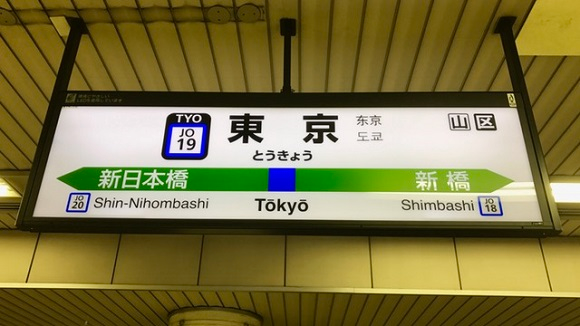

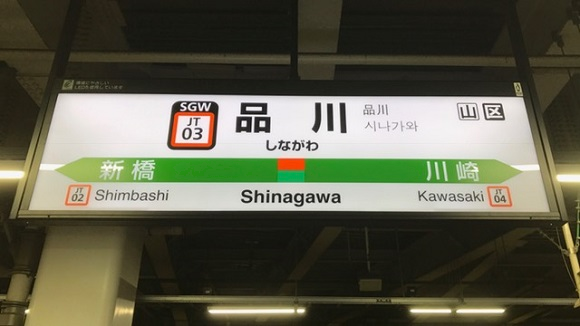
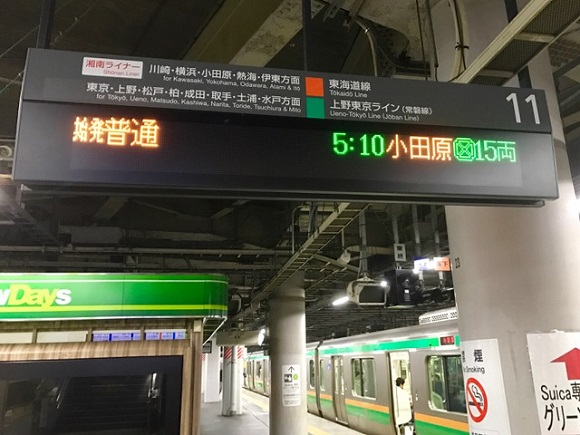
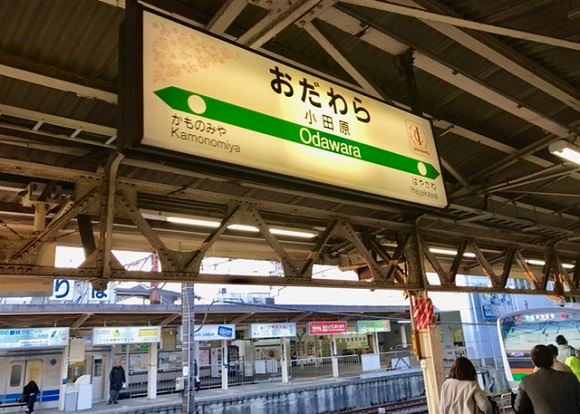
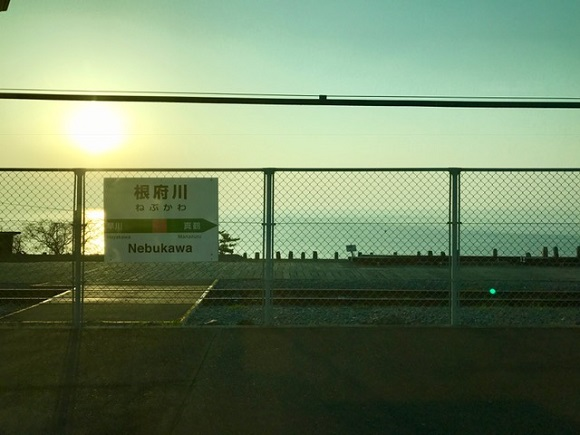
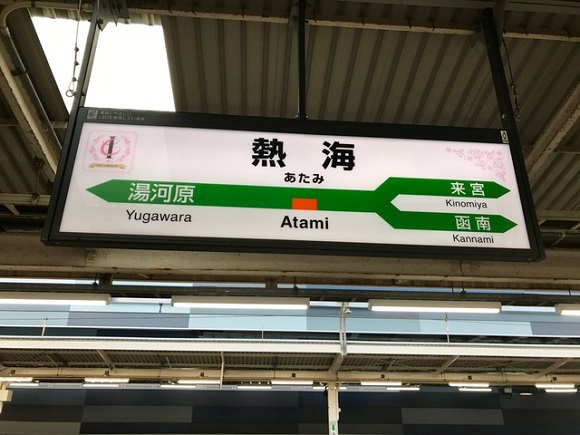
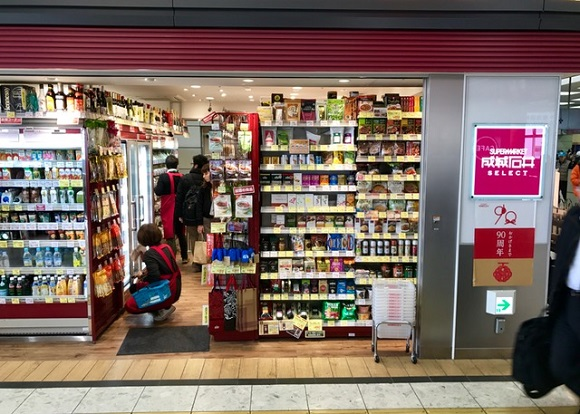
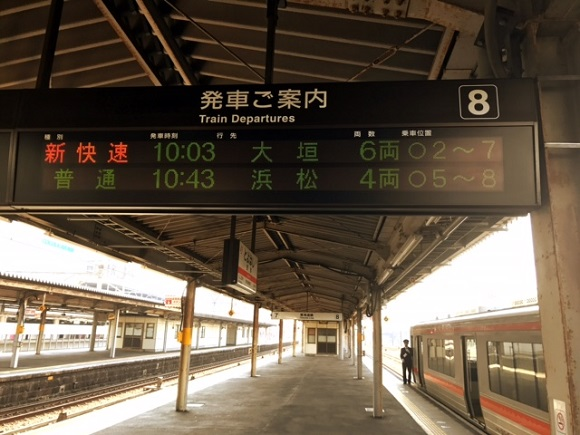
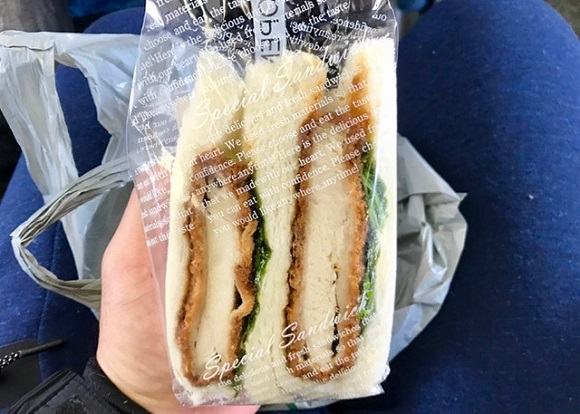
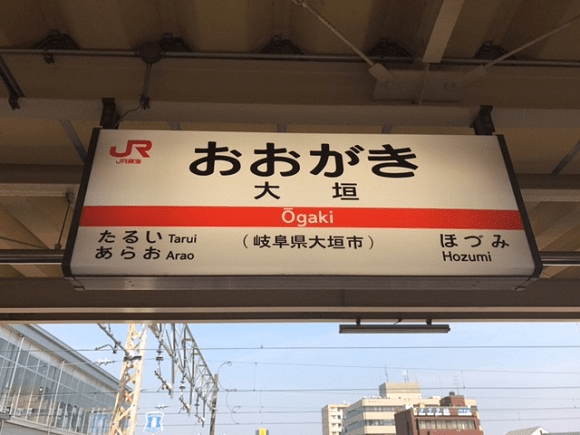
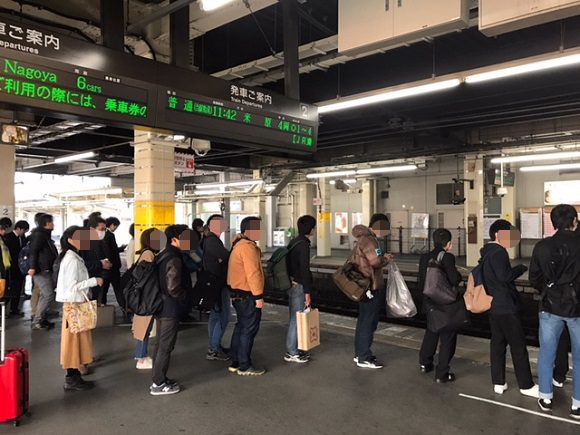
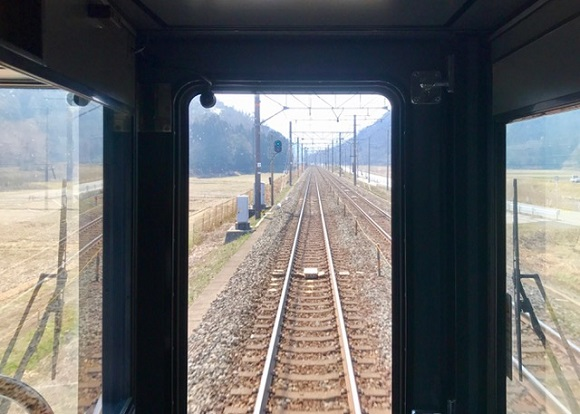
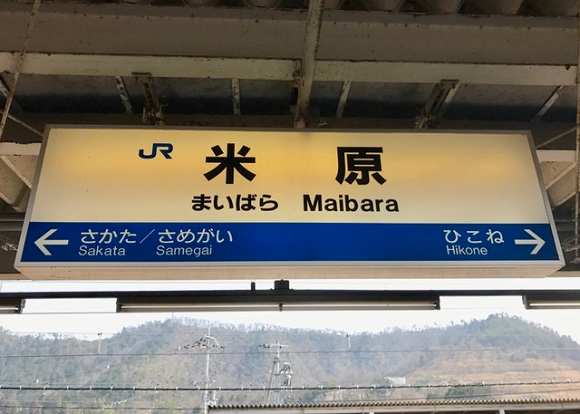
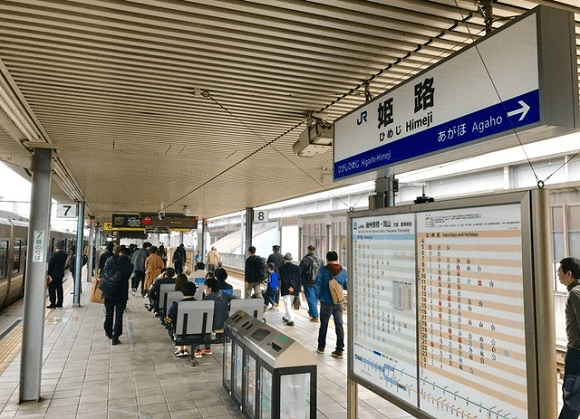
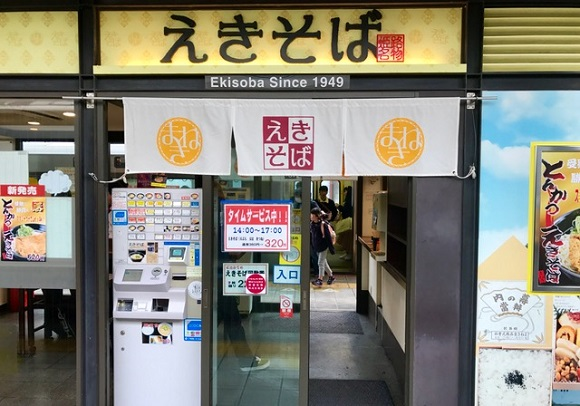
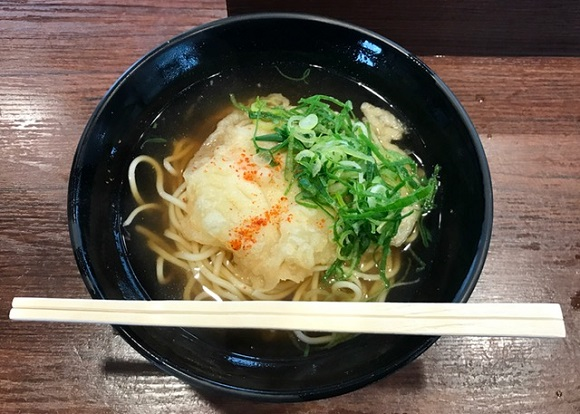
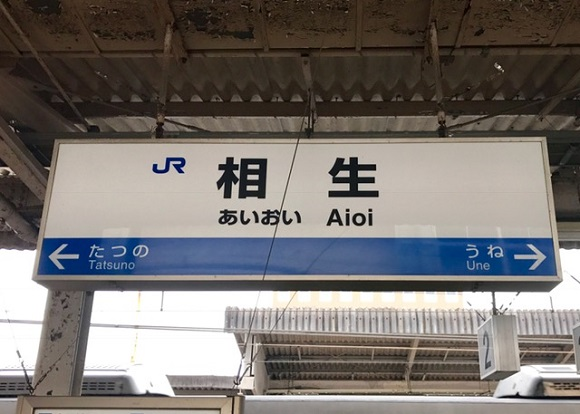
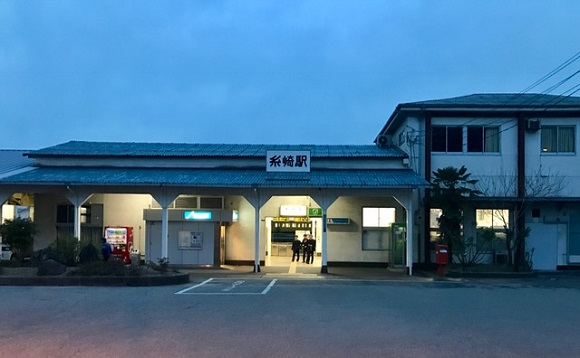
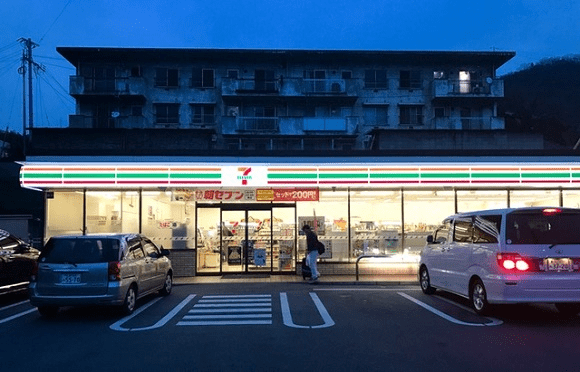

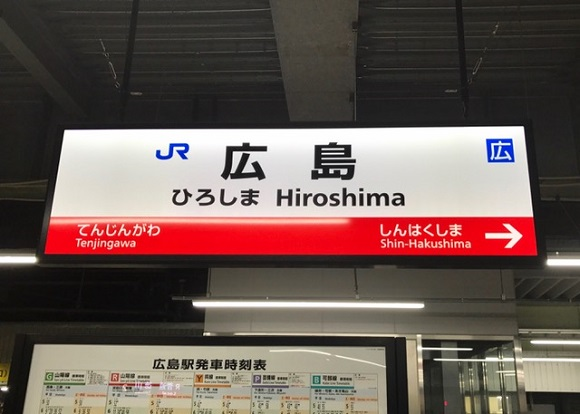
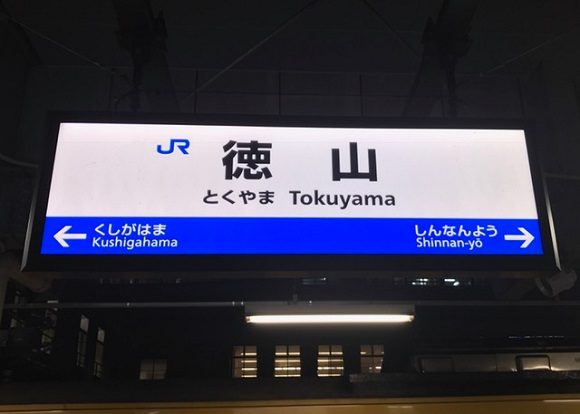
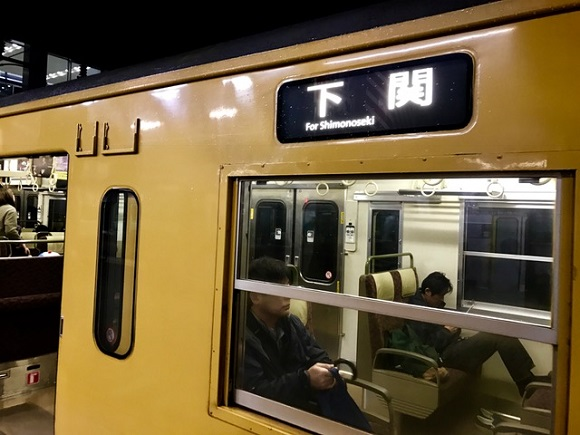
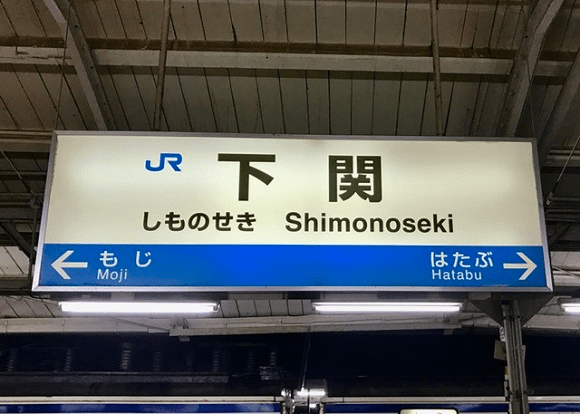
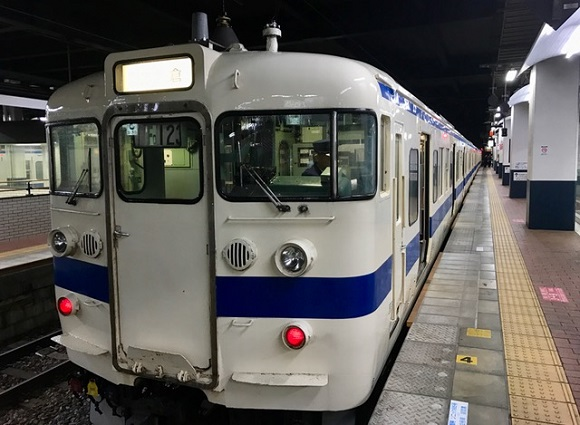
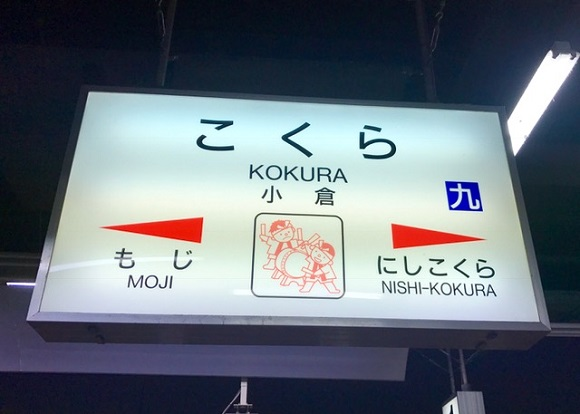
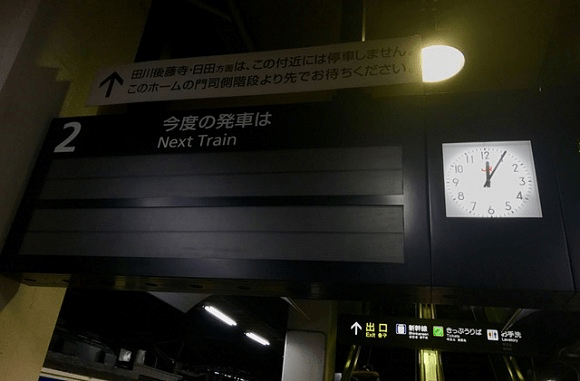
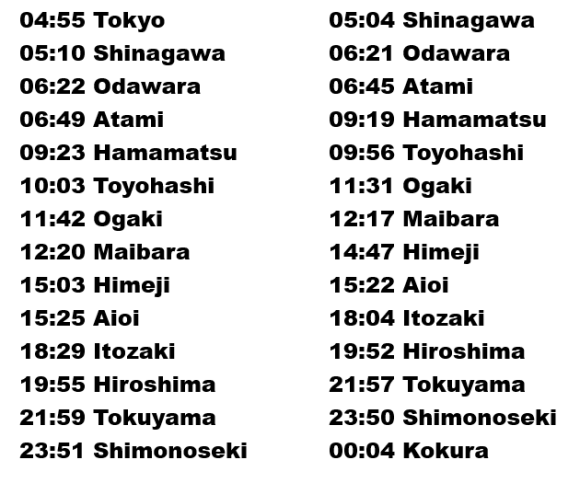
 How to travel from Tokyo to Hiroshima by train for 500 yen
How to travel from Tokyo to Hiroshima by train for 500 yen Japan’s Moonlight Nagara train service ends, leaving a hole in overnight rail travel
Japan’s Moonlight Nagara train service ends, leaving a hole in overnight rail travel The ultimate Shinkansen trip: Riding Japan’s bullet train network from one end to the other
The ultimate Shinkansen trip: Riding Japan’s bullet train network from one end to the other These are the 11 most crowded trains in Japan…and surprise! They’re all in the Tokyo area
These are the 11 most crowded trains in Japan…and surprise! They’re all in the Tokyo area Ads for JR’s “Seishun 18” rail pass celebrate the isolated beauty of Japan’s most far-flung stations
Ads for JR’s “Seishun 18” rail pass celebrate the isolated beauty of Japan’s most far-flung stations McDonald’s new Happy Meals offer up cute and practical Sanrio lifestyle goods
McDonald’s new Happy Meals offer up cute and practical Sanrio lifestyle goods More foreign tourists than ever before in history visited Japan last month
More foreign tourists than ever before in history visited Japan last month Is the new Shinkansen Train Desk ticket worth it?
Is the new Shinkansen Train Desk ticket worth it? Starbucks reopens at Shibuya Scramble Crossing with new look and design concept
Starbucks reopens at Shibuya Scramble Crossing with new look and design concept Our reporter takes her 71-year-old mother to a visual kei concert for the first time
Our reporter takes her 71-year-old mother to a visual kei concert for the first time Disney princesses get official manga makeovers for Manga Princess Cafe opening in Tokyo
Disney princesses get official manga makeovers for Manga Princess Cafe opening in Tokyo The 2023 Sanrio character popularity ranking results revealed
The 2023 Sanrio character popularity ranking results revealed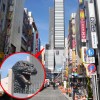 Godzilla appears in the Tokyo skyline atop new Shinjuku skyscraper! 【Photos】
Godzilla appears in the Tokyo skyline atop new Shinjuku skyscraper! 【Photos】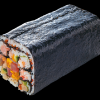 The greatest sushi roll in Japanese history is actually nine sushi rolls in one【Photos】
The greatest sushi roll in Japanese history is actually nine sushi rolls in one【Photos】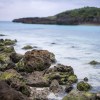 10 yakuza members arrested for stealing sea cucumbers from ocean
10 yakuza members arrested for stealing sea cucumbers from ocean We try out “Chan Ramen”, an underground type of ramen popular in the ramen community
We try out “Chan Ramen”, an underground type of ramen popular in the ramen community Foreign English teachers in Japan pick their favorite Japanese-language phrases【Survey】
Foreign English teachers in Japan pick their favorite Japanese-language phrases【Survey】 Beautiful new Final Fantasy T-shirt collection on the way from Uniqlo【Photos】
Beautiful new Final Fantasy T-shirt collection on the way from Uniqlo【Photos】 There’s a park inside Japan where you can also see Japan inside the park
There’s a park inside Japan where you can also see Japan inside the park New Studio Ghibli bedding sets are cool in all senses of the word
New Studio Ghibli bedding sets are cool in all senses of the word Japanese convenience store packs a whole bento into an onigiri rice ball
Japanese convenience store packs a whole bento into an onigiri rice ball Hanton rice — a delicious regional food even most Japanese people don’t know about, but more should
Hanton rice — a delicious regional food even most Japanese people don’t know about, but more should New Pokémon cakes let you eat your way through Pikachu and all the Eevee evolutions
New Pokémon cakes let you eat your way through Pikachu and all the Eevee evolutions Hamburg and Hamburg Shibuya: A Japanese restaurant you need to put on your Tokyo itinerary
Hamburg and Hamburg Shibuya: A Japanese restaurant you need to put on your Tokyo itinerary Studio Ghibli releases Kiki’s Delivery Service chocolate cake pouches in Japan
Studio Ghibli releases Kiki’s Delivery Service chocolate cake pouches in Japan Japan’s bone-breaking and record-breaking roller coaster is permanently shutting down
Japan’s bone-breaking and record-breaking roller coaster is permanently shutting down New definition of “Japanese whiskey” goes into effect to prevent fakes from fooling overseas buyers
New definition of “Japanese whiskey” goes into effect to prevent fakes from fooling overseas buyers Foreign passenger shoves conductor on one of the last full runs for Japan’s Thunderbird train
Foreign passenger shoves conductor on one of the last full runs for Japan’s Thunderbird train Our Japanese reporter visits Costco in the U.S., finds super American and very Japanese things
Our Japanese reporter visits Costco in the U.S., finds super American and very Japanese things Kyoto bans tourists from geisha alleys in Gion, with fines for those who don’t follow rules
Kyoto bans tourists from geisha alleys in Gion, with fines for those who don’t follow rules Studio Ghibli unveils Mother’s Day gift set that captures the love in My Neighbour Totoro
Studio Ghibli unveils Mother’s Day gift set that captures the love in My Neighbour Totoro Domino’s Japan now sells…pizza ears?
Domino’s Japan now sells…pizza ears? New Japanese KitKat flavour stars Sanrio characters, including Hello Kitty
New Japanese KitKat flavour stars Sanrio characters, including Hello Kitty Kyoto creates new for-tourist buses to address overtourism with higher prices, faster rides
Kyoto creates new for-tourist buses to address overtourism with higher prices, faster rides Sales of Japan’s most convenient train ticket/shopping payment cards suspended indefinitely
Sales of Japan’s most convenient train ticket/shopping payment cards suspended indefinitely Sold-out Studio Ghibli desktop humidifiers are back so Totoro can help you through the dry season
Sold-out Studio Ghibli desktop humidifiers are back so Totoro can help you through the dry season Japanese government to make first change to romanization spelling rules since the 1950s
Japanese government to make first change to romanization spelling rules since the 1950s Ghibli founders Toshio Suzuki and Hayao Miyazaki contribute to Japanese whisky Totoro label design
Ghibli founders Toshio Suzuki and Hayao Miyazaki contribute to Japanese whisky Totoro label design Doraemon found buried at sea as scene from 1993 anime becomes real life【Photos】
Doraemon found buried at sea as scene from 1993 anime becomes real life【Photos】 Tokyo’s most famous Starbucks is closed
Tokyo’s most famous Starbucks is closed One Piece characters’ nationalities revealed, but fans have mixed opinions
One Piece characters’ nationalities revealed, but fans have mixed opinions We asked a Uniqlo employee what four things we should buy and their suggestions didn’t disappoint
We asked a Uniqlo employee what four things we should buy and their suggestions didn’t disappoint Princesses, fruits, and blacksmiths: Study reveals the 30 most unusual family names in Japan
Princesses, fruits, and blacksmiths: Study reveals the 30 most unusual family names in Japan Studio Ghibli’s new desktop Howl’s Moving Castle will take your stationery on an adventure
Studio Ghibli’s new desktop Howl’s Moving Castle will take your stationery on an adventure End-of-the-line exploring in Japan: Visiting Hashimoto Station
End-of-the-line exploring in Japan: Visiting Hashimoto Station Shinkansen will require reservations for large suitcases, charge penalty fees for those without
Shinkansen will require reservations for large suitcases, charge penalty fees for those without Free Shinkansen tickets for kids travelling with parents during special JR promotion
Free Shinkansen tickets for kids travelling with parents during special JR promotion Is it a Lawson or a train station? We investigate the mysterious Sekiguchi Station
Is it a Lawson or a train station? We investigate the mysterious Sekiguchi Station Human body parts found in crack on bonnet of Shinkansen bullet train
Human body parts found in crack on bonnet of Shinkansen bullet train $2.34!? Cheapest bullet-train ride in Japan lasts 3 minutes, but memories are forever【Photos】
$2.34!? Cheapest bullet-train ride in Japan lasts 3 minutes, but memories are forever【Photos】 We channel Sen from Ghibli’s Spirited Away and travel to a Japanese train station by the sea
We channel Sen from Ghibli’s Spirited Away and travel to a Japanese train station by the sea Osaka to Fukuoka for less than 40 bucks? It’s possible with Japan’s overnight ferry
Osaka to Fukuoka for less than 40 bucks? It’s possible with Japan’s overnight ferry Yokohama Air Cabin: A new futuristic ropeway in the middle of the city
Yokohama Air Cabin: A new futuristic ropeway in the middle of the city We take a ride on Seibu Railway’s futuristic luxury liner: the Limited Express Laview
We take a ride on Seibu Railway’s futuristic luxury liner: the Limited Express Laview Japan Travel: What it’s like to go on a solo journey on a Japanese restaurant train
Japan Travel: What it’s like to go on a solo journey on a Japanese restaurant train New Shinkansen bullet train design revealed for Nagasaki extension
New Shinkansen bullet train design revealed for Nagasaki extension Japanese train company issues official apology for “inexcusable” 25-second early departure
Japanese train company issues official apology for “inexcusable” 25-second early departure Tokyo airport’s new train line to make getting into, out of the city easier for JR pass holders
Tokyo airport’s new train line to make getting into, out of the city easier for JR pass holders Get your chills on the rails with Kyoto’s Ghost Train 【Video】
Get your chills on the rails with Kyoto’s Ghost Train 【Video】 Japan is getting a Disney Mickey Mouse Shinkansen bullet train this spring!
Japan is getting a Disney Mickey Mouse Shinkansen bullet train this spring!
Leave a Reply